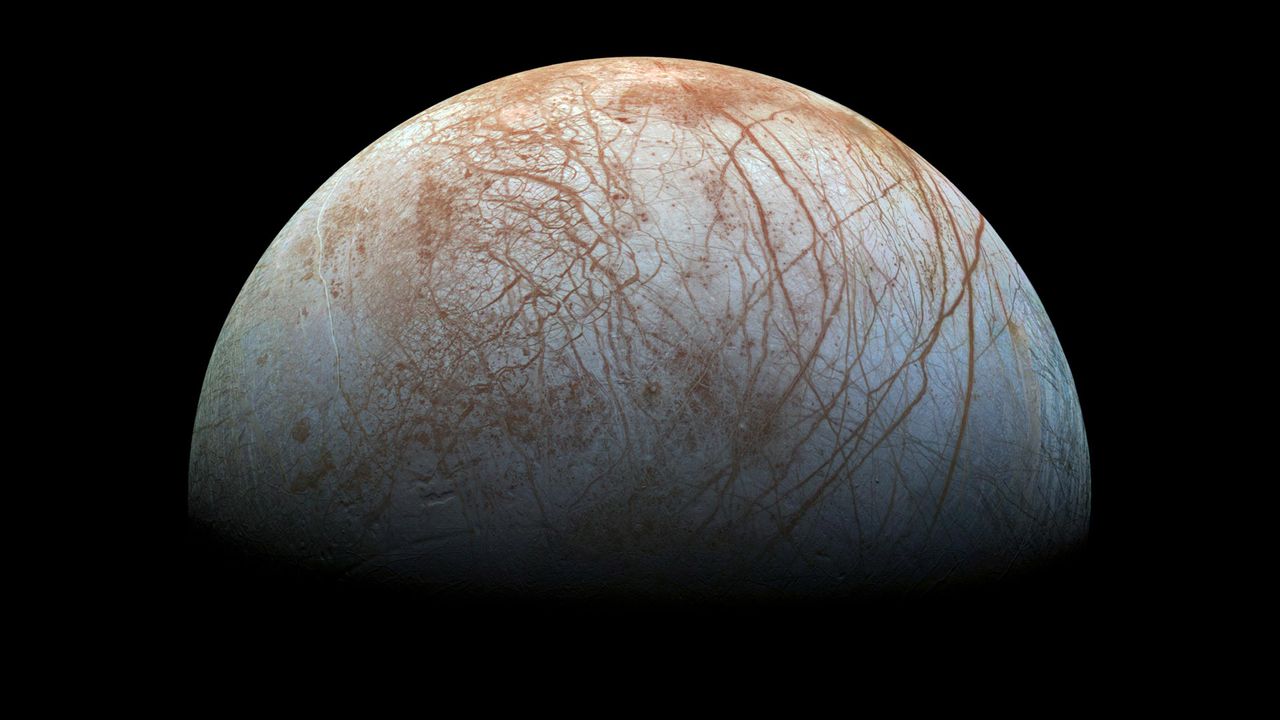A groundbreaking development in space exploration has emerged from researchers at the Institute of Aerospace Engineering at Technische Universität Dresden in Germany. They have created a new laser-based drill designed to penetrate the ice covering moons like Jupiter’s Europa and Saturn’s Enceladus, as well as other icy regions on celestial bodies such as Mars and the Moon. This innovation addresses the significant challenge of drilling through thick ice, a critical step for investigating hidden oceans beneath these frozen surfaces.
Traditional drilling methods rely on mechanical drills and melting probes, which are often heavy and consume extensive power. In contrast, the new laser drill offers a lightweight alternative that operates efficiently without the need for complex machinery. According to Martin Koßagk, lead author of the study, “We’ve created a laser drill that enables deep, narrow and energy-efficient access to ice without increasing instrument mass.” This capability allows for exploration of previously inaccessible areas, offering valuable insights into the potential for life and the geology of these distant worlds.
How the Laser Drill Works
The laser drill utilizes a concentrated beam to vaporize ice rather than melting it, a process known as sublimation. This method creates a narrow borehole, allowing gases and dust samples to escape upward for analysis. Instruments situated on the surface can then examine these samples for chemical composition and density, providing critical data about the thermal properties and formation history of the celestial body being explored.
Despite lasers not being the most efficient energy sources, the drill’s design allows it to vaporize only a small area of ice, significantly reducing overall power consumption compared to traditional melting methods. Early laboratory tests demonstrated that the prototype could drill through ice samples approximately 20 centimeters long under cryogenic conditions. Field tests in challenging environments, such as the Alps and Arctic, have also shown promising results, achieving drilling speeds of nearly 1 meter per hour with just 20 watts of power.
The laser drill operates at about 150 watts and maintains a consistent mass of approximately 4 kilograms, regardless of depth, whether drilling 10 meters or 10 kilometers into the ice. This efficiency enables deeper exploration without the added weight that mechanical drills incur as they extend their rods further downward.
Future Applications and Challenges
While the technology holds great promise, there are limitations to consider. The drill may face challenges when encountering rock or layers of dust devoid of ice, necessitating the creation of new boreholes to bypass such obstacles. Koßagk emphasized the importance of integrating the laser drill with other measuring instruments, such as radar, to identify and navigate around larger impediments.
Water-filled crevasses present another challenge, as the drill would need to pump out any water that flows in before continuing its operation. Despite these difficulties, accessing these regions could yield insights into the chemistry of potential habitats for microbial life, contributing to our understanding of life beyond Earth.
Next steps for the team include miniaturizing the system, developing a dust-separation unit, and conducting space-qualification tests. A compact version of the laser drill could one day accompany a lander to an icy moon, advancing our quest to uncover the mysteries hidden beneath alien ice.
Interestingly, the laser drill could also have practical applications on Earth. Initial tests in collaboration with the Austrian Research Centre for Forests demonstrated its ability to measure snow density without the need for digging. Mounted on a drone, the technology could gather data from hazardous slopes, assisting in avalanche prediction.
The research team’s findings were published on September 8, 2023, in the journal Acta Astronautica. As this innovative technology advances, it not only promises to enhance our understanding of icy celestial bodies but also offers potential solutions for challenges here on Earth. The overarching goal remains the same: to probe beneath the surface and understand what lies hidden in the ice.






































































